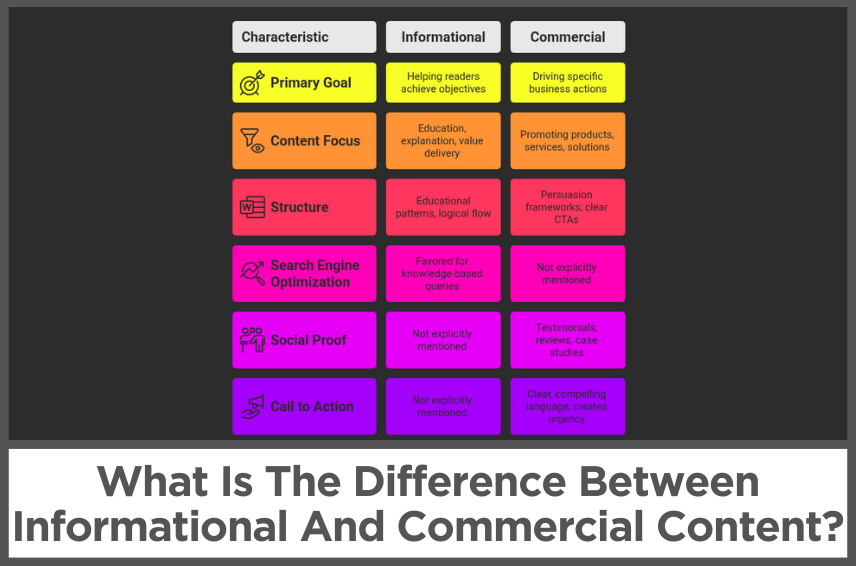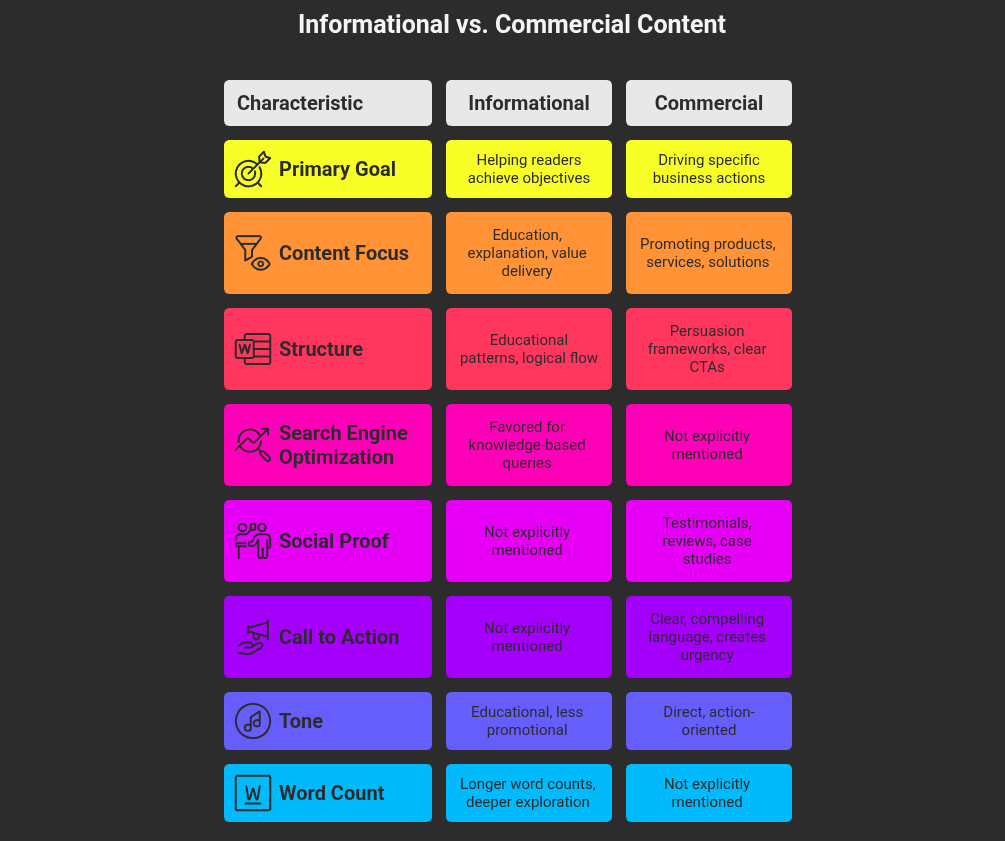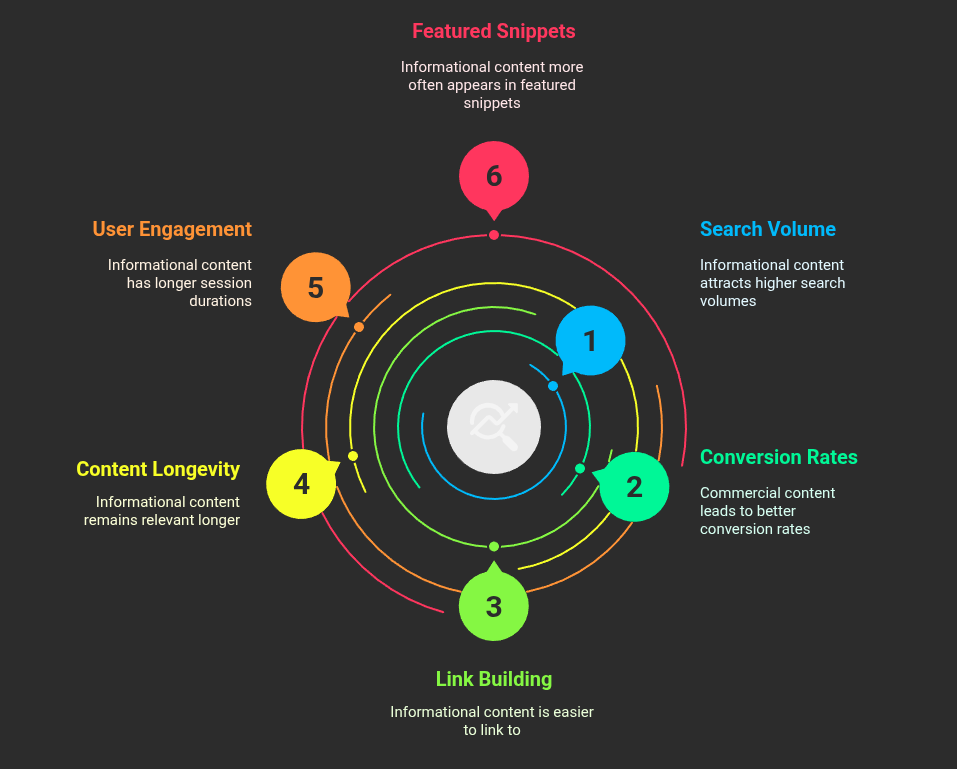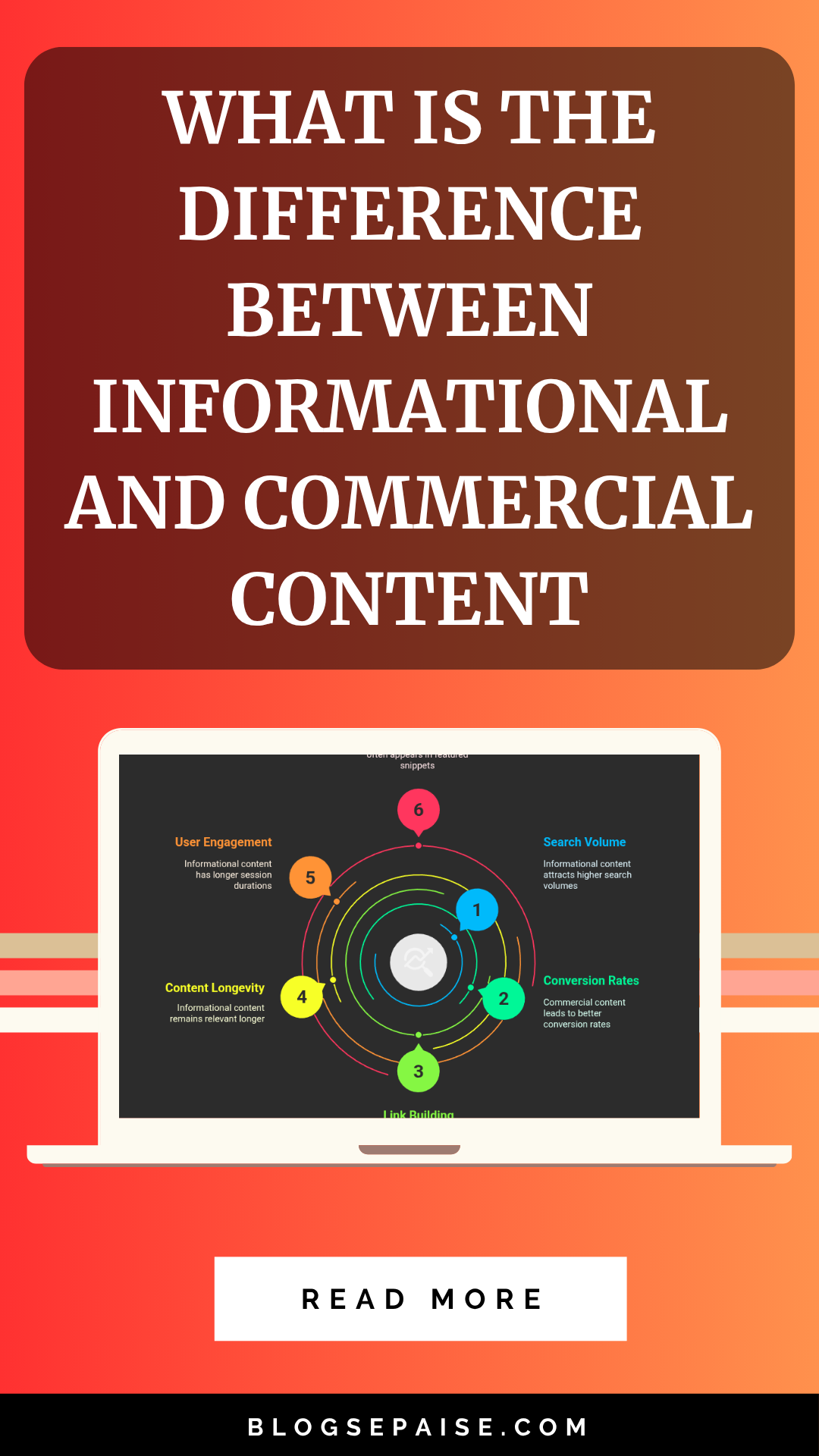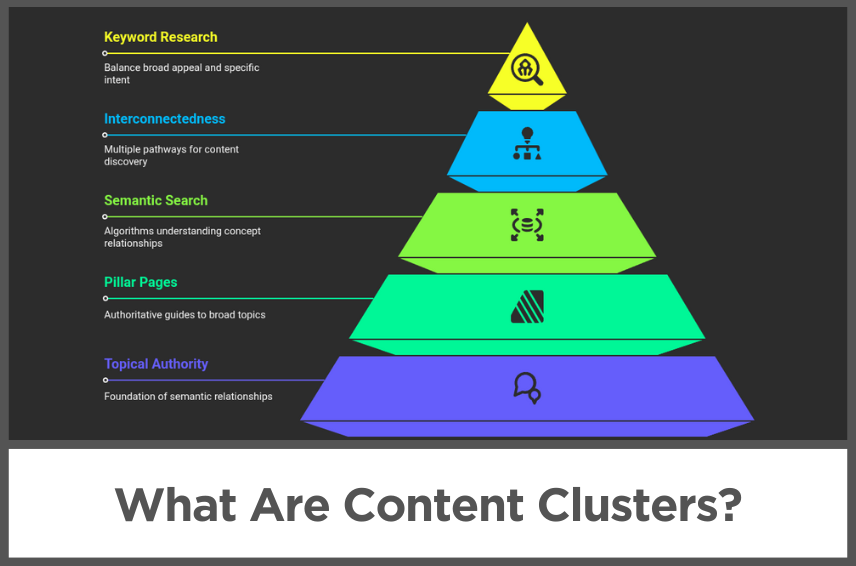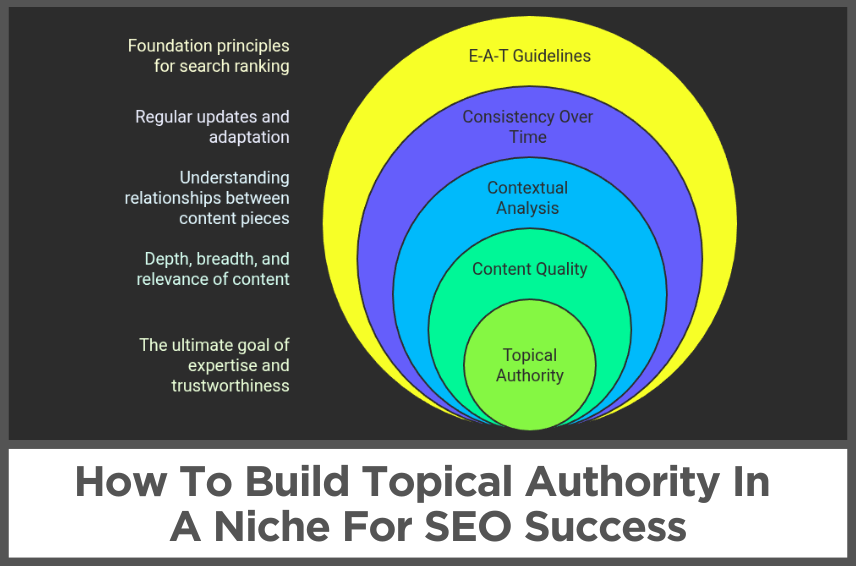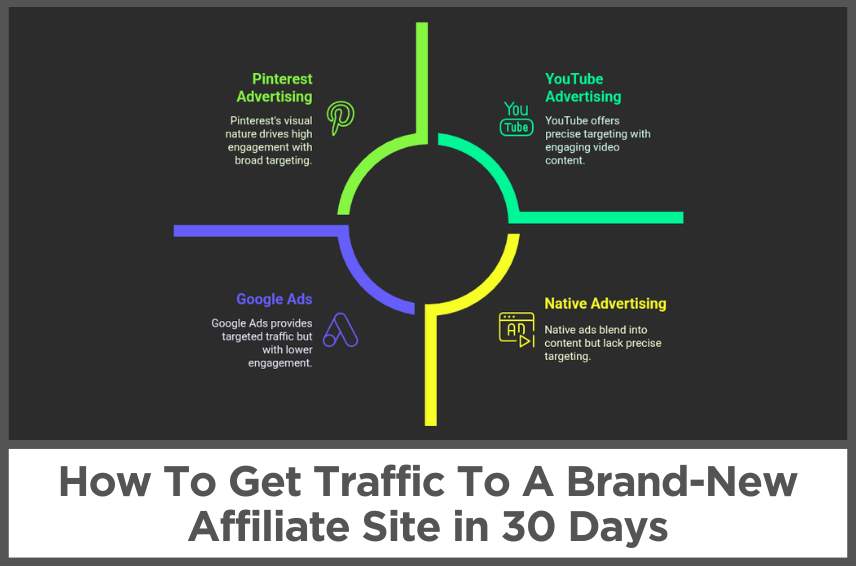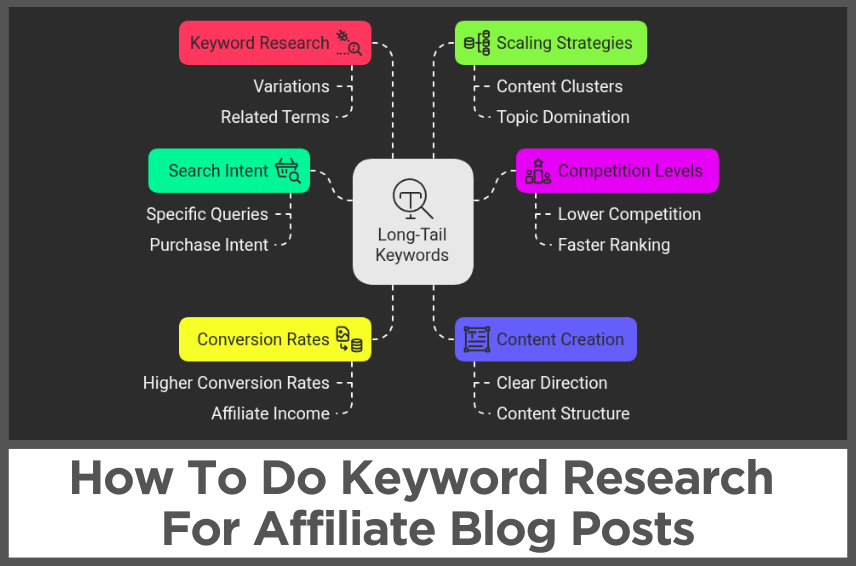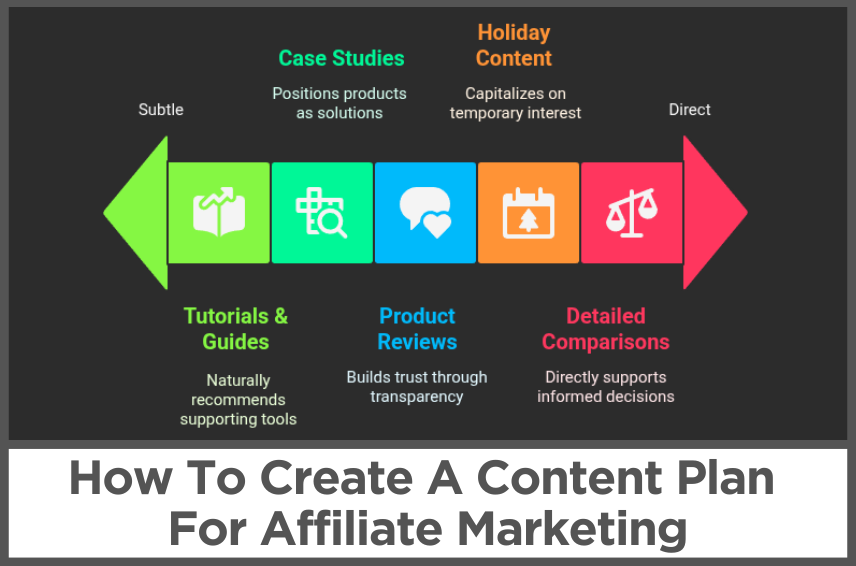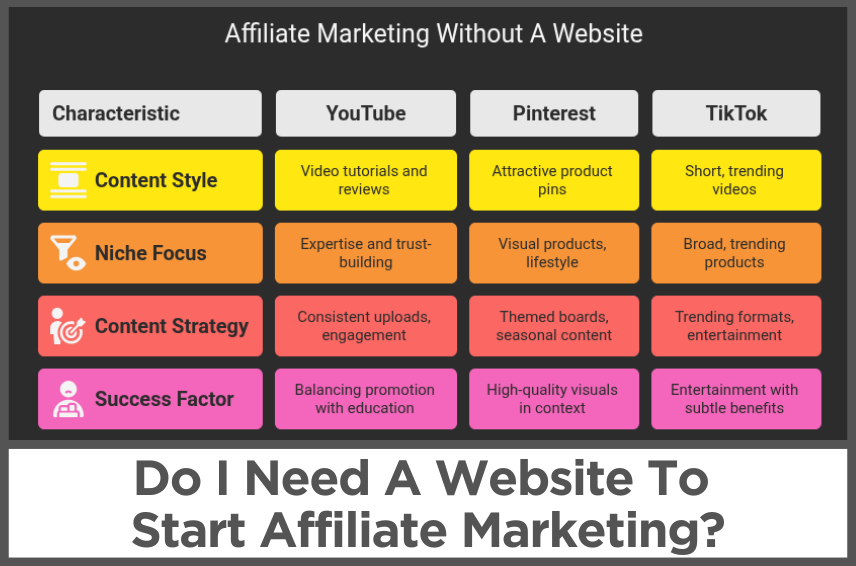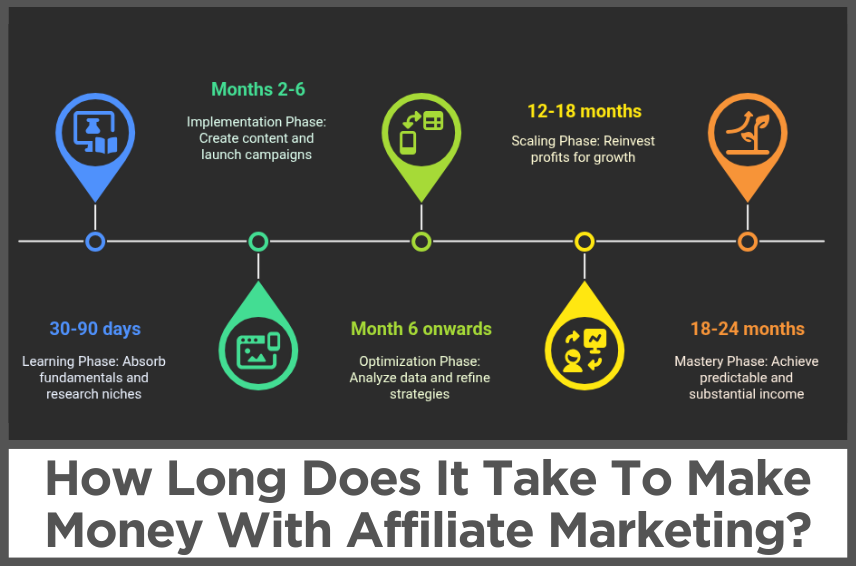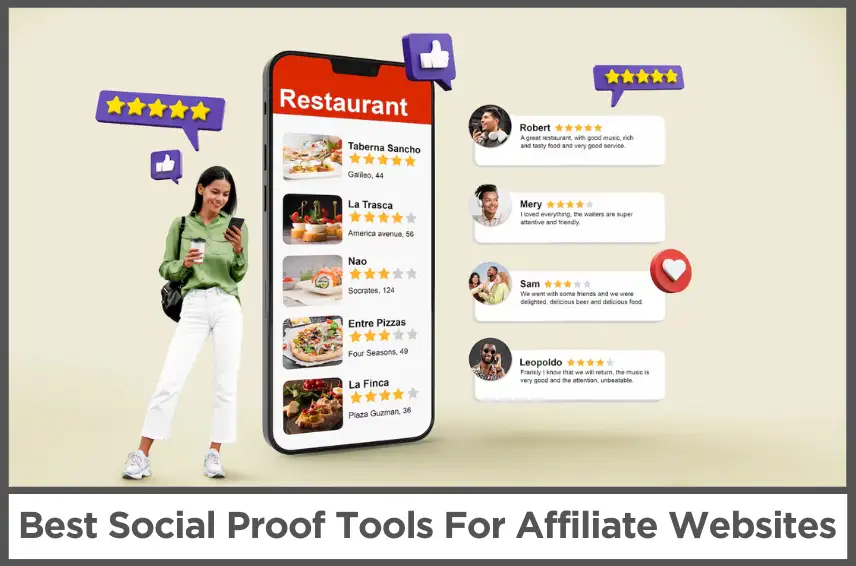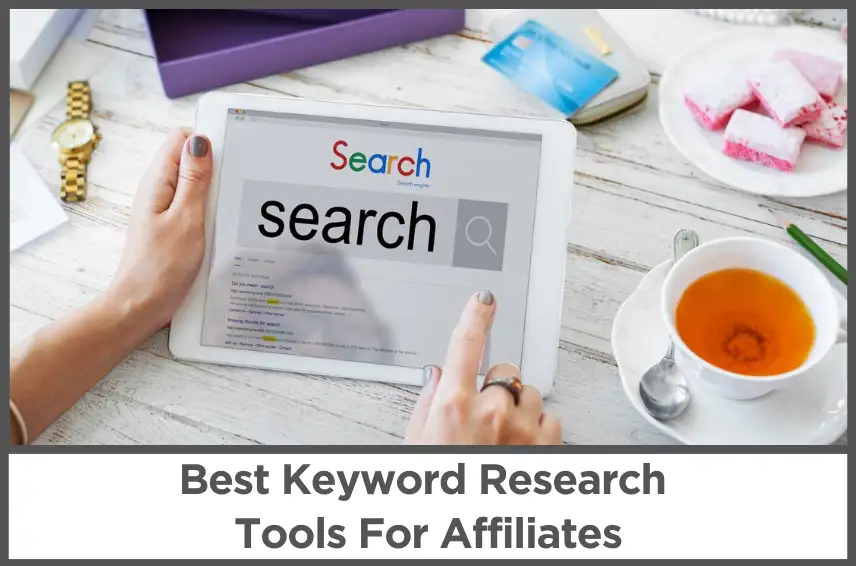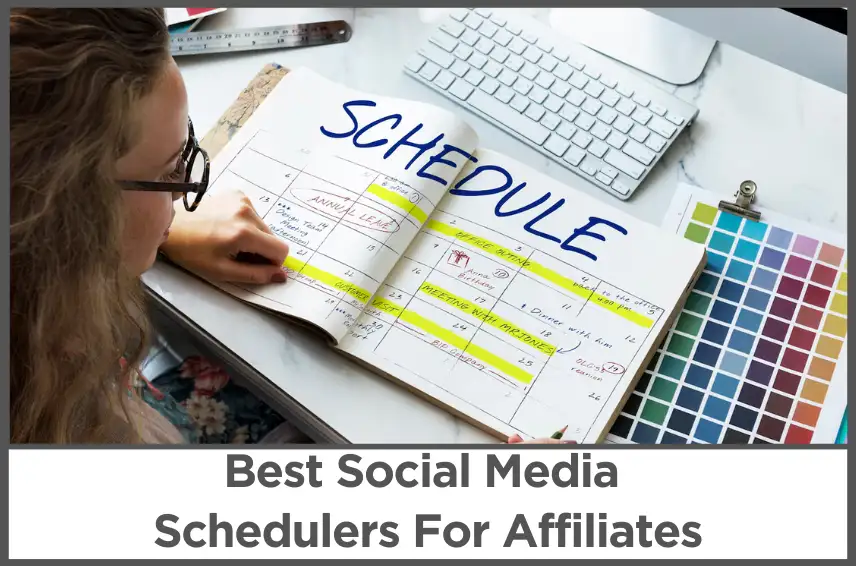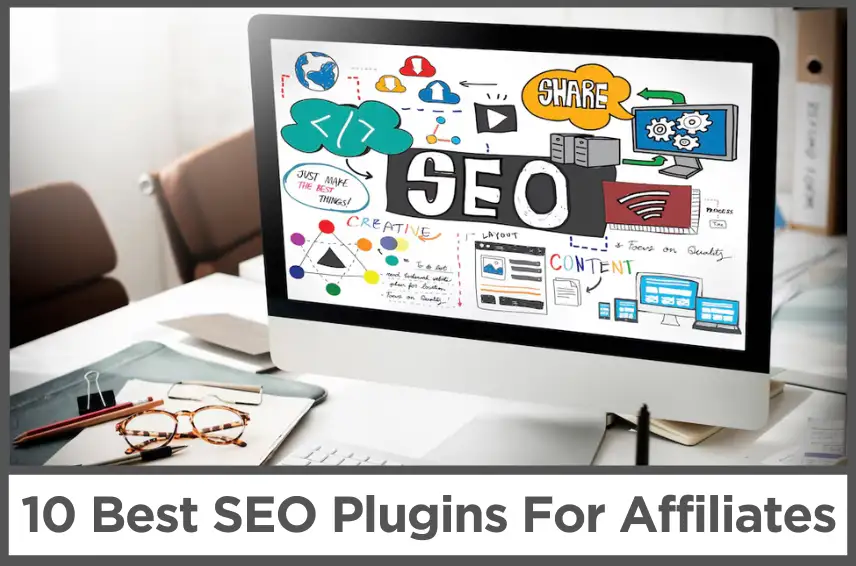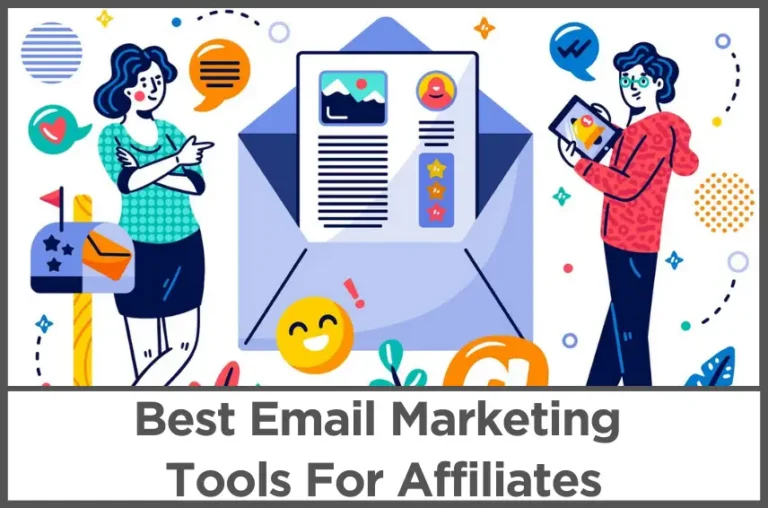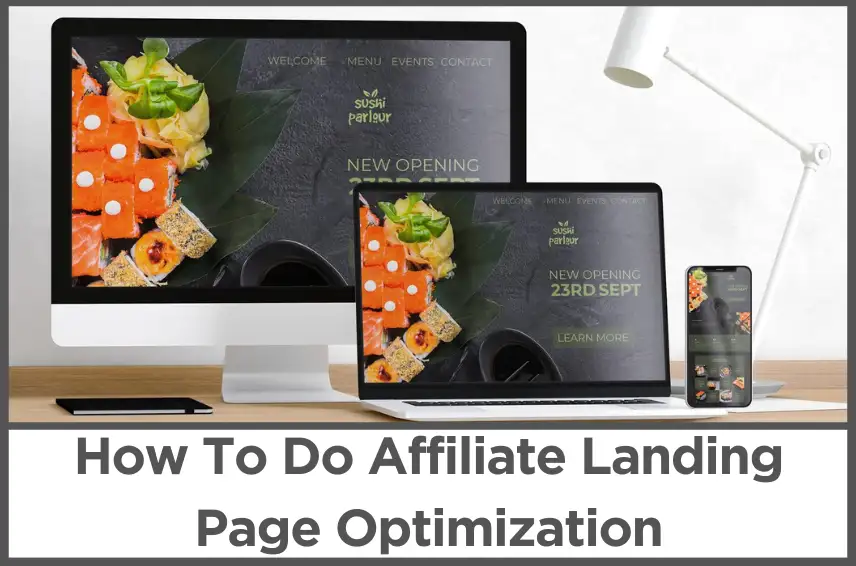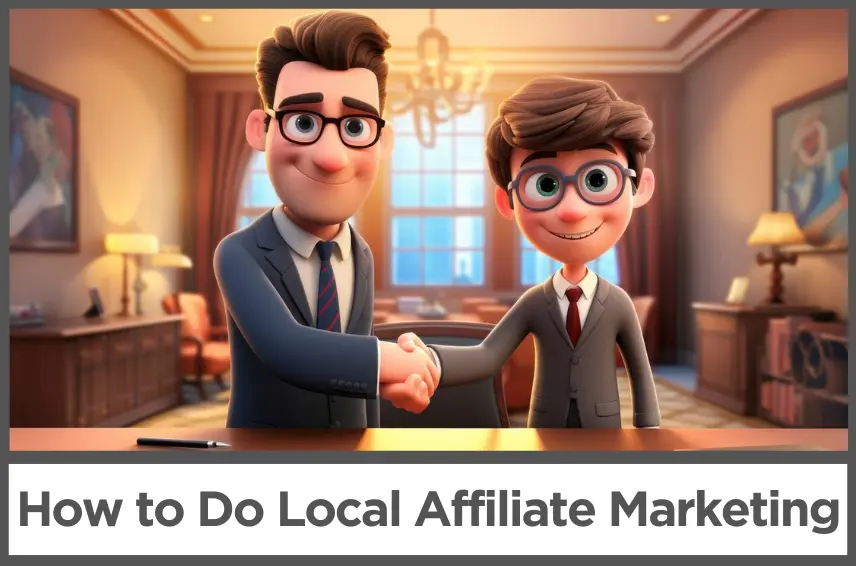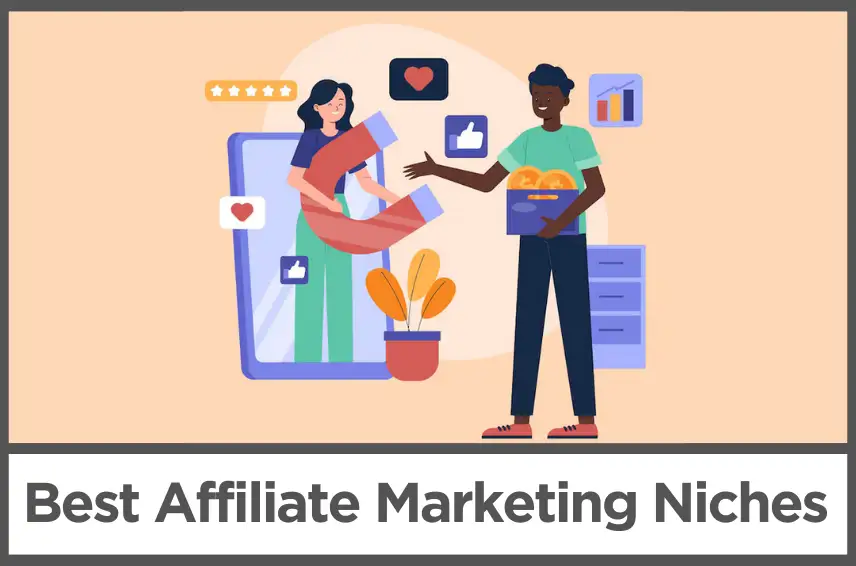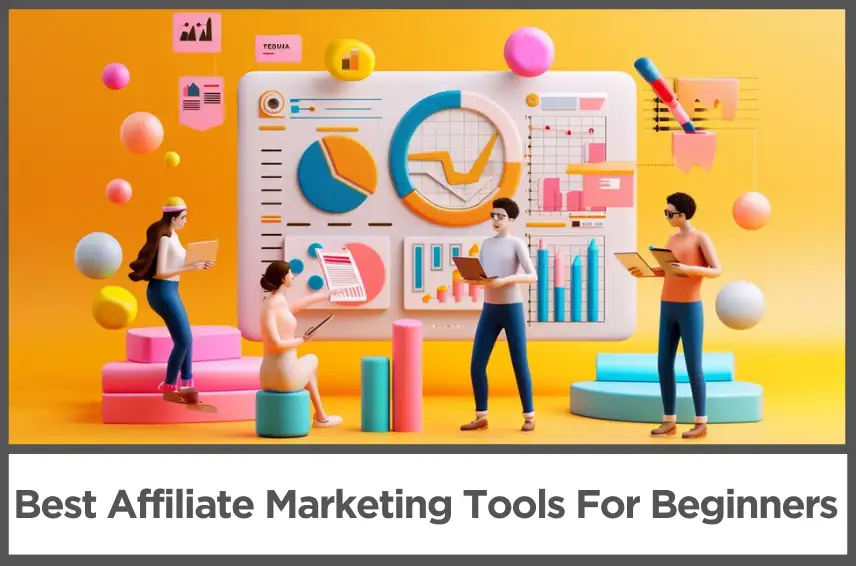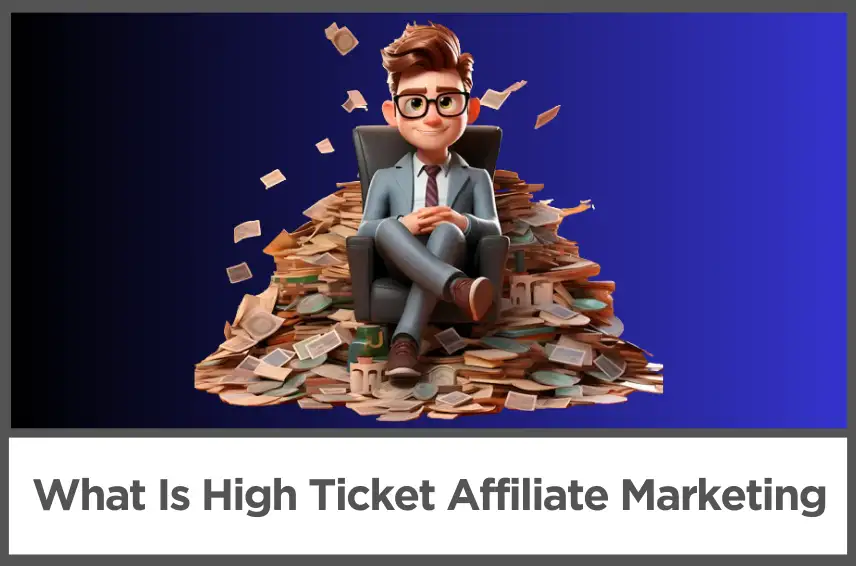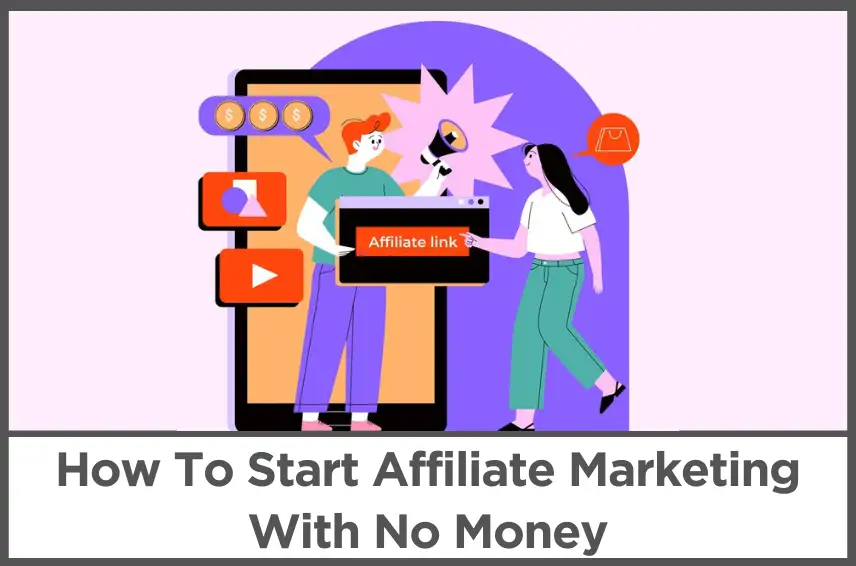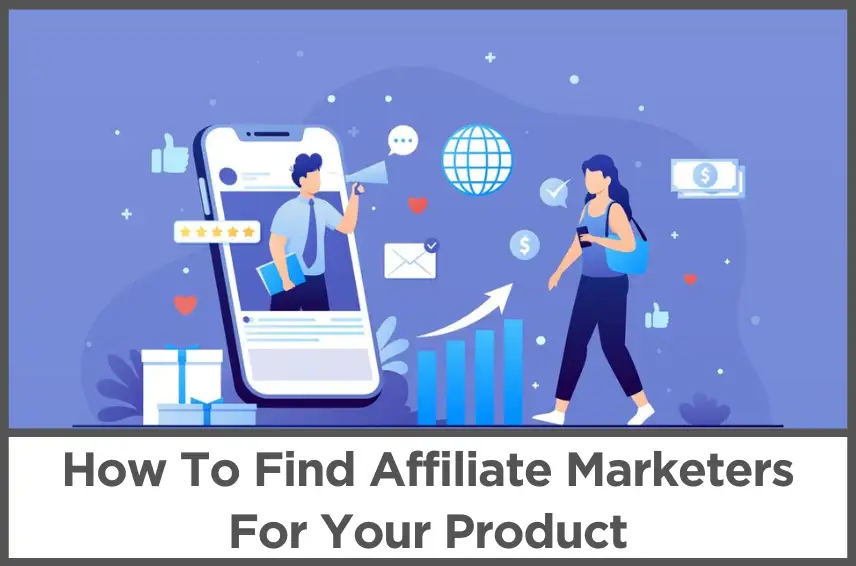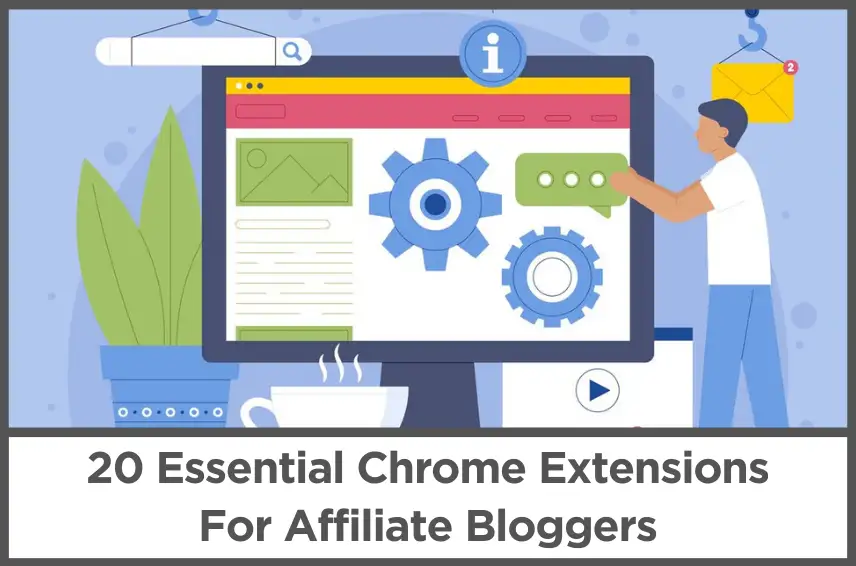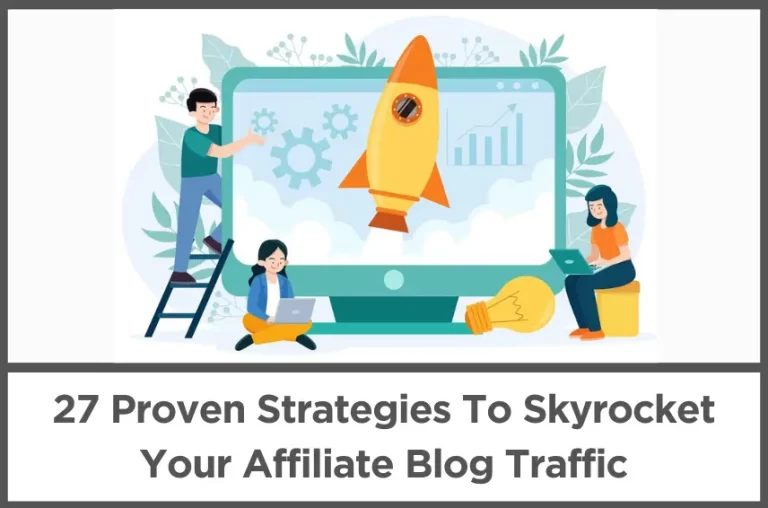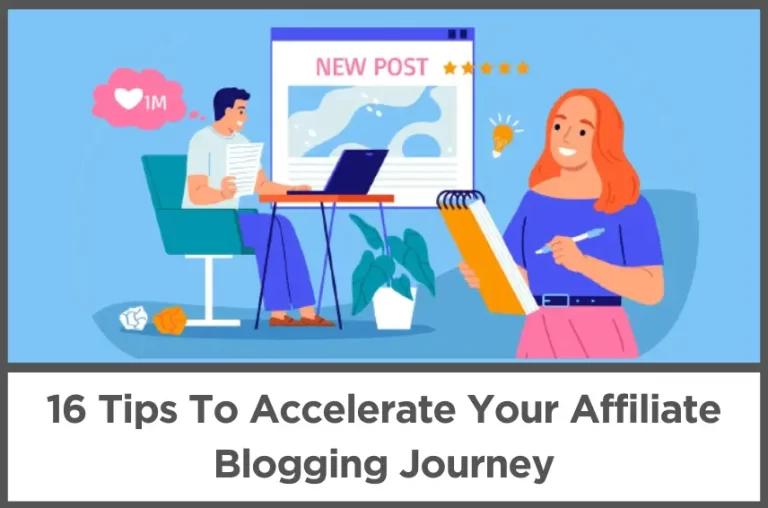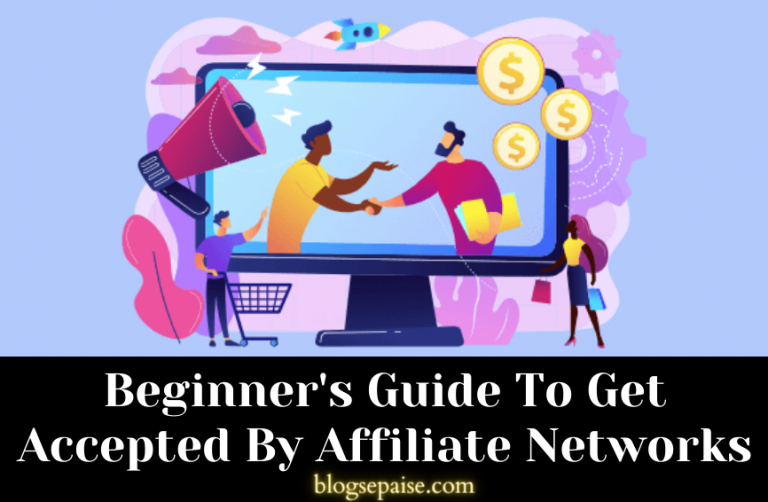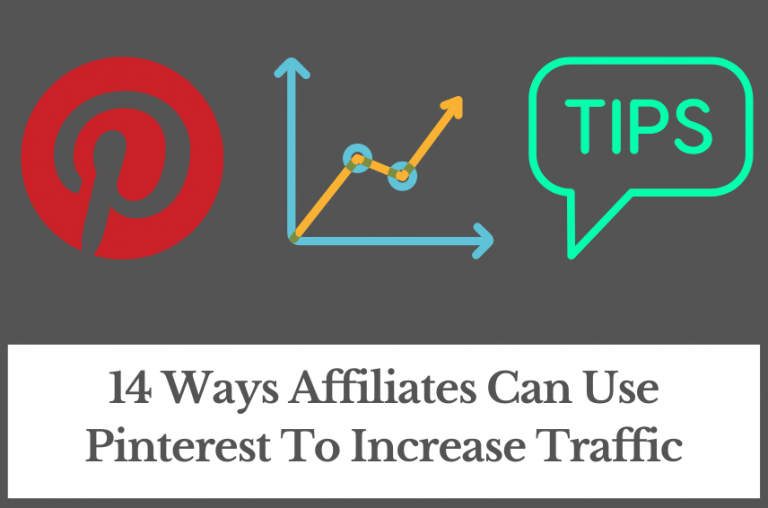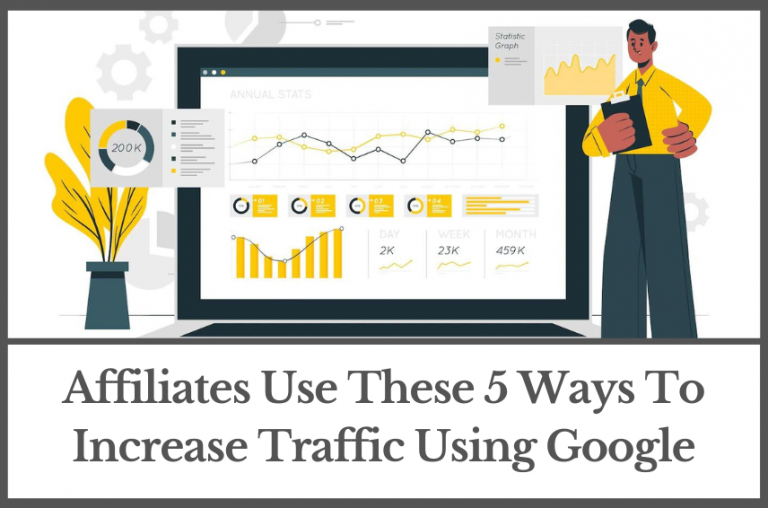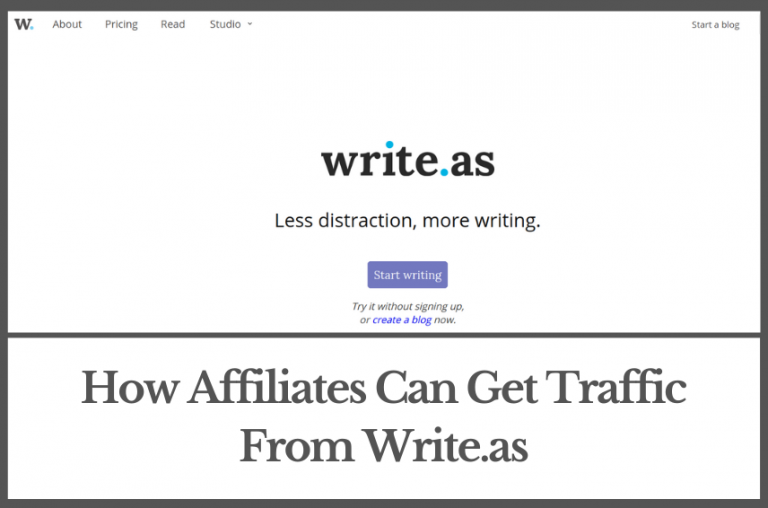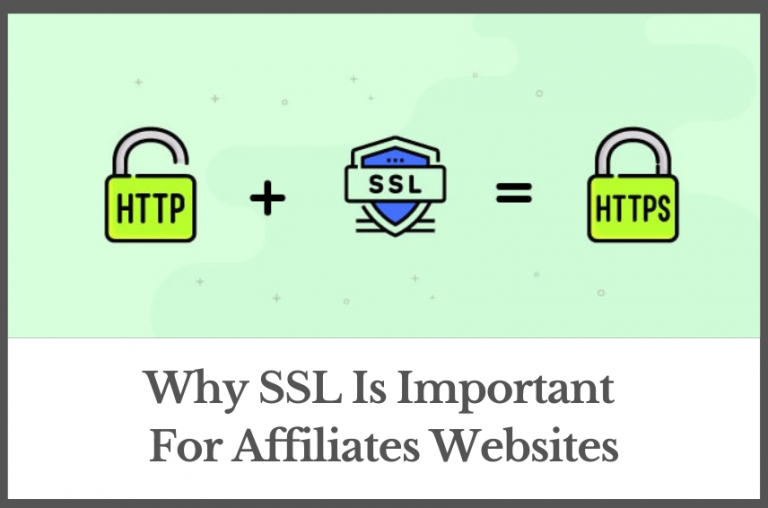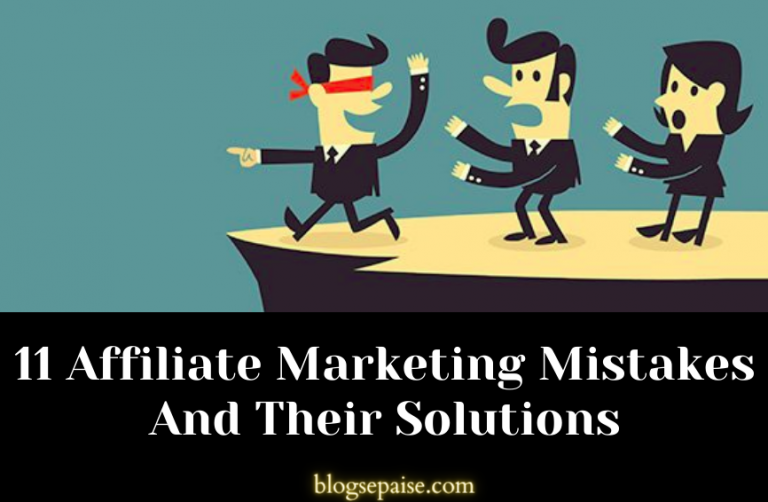Difference Between Informational And Commercial Content
by Abhigyan
Content creation sits at the heart of every successful digital marketing strategy, yet many creators struggle with one fundamental question: should this piece educate or sell?
The distinction between informational and commercial content shapes everything from your writing approach to audience engagement and search engine performance.
Informational content focuses on educating, entertaining, or solving problems without directly promoting products or services.
Commercial content, on the other hand, aims to drive specific business actions like purchases, sign-ups, or inquiries.
Each serves different purposes in your content ecosystem and appeals to audiences at various stages of their buyer journey.
Smart content creators master both types and use them strategically to build authority, nurture relationships, and drive profitable actions.
The most successful websites combine educational value with strategic commercial messaging, creating content experiences that serve readers while advancing business goals.
Getting this balance right can transform your content performance. Readers appreciate genuine value while search engines reward content that matches user intent.
The key lies in understanding when each approach works best and how to execute both effectively.
Disclosure: Some of the links I share might be affiliate links. If you click on one and make a purchase, I may earn a small commission as a thank you. But don’t worry, it won’t cost you anything extra. I only recommend stuff I genuinely believe in. Your support helps me keep creating awesome content. You can read my full affiliate disclosure in my disclaimer page.
IN THIS POST :
ToggleCore Characteristics Of Informational Content
Informational content serves as the foundation of trust-building and authority establishment in digital marketing.
This content type prioritizes education, explanation, and value delivery without pushing specific products or services. Readers consume informational content to learn new skills, understand complex topics, or find solutions to specific problems.
The primary goal of informational content is helping readers achieve their objectives.
This might involve teaching them how to perform tasks, explaining industry concepts, or providing insights into trends and developments.
The content succeeds when readers leave feeling more knowledgeable or capable than when they arrived.
Informational pieces typically feature longer word counts and deeper topic exploration.
They often include examples, case studies, step-by-step instructions, and detailed explanations that thoroughly cover subject matter.
The writing style tends to be more educational and less promotional, focusing on delivering genuine value rather than driving immediate actions.
Search engines favor informational content for knowledge-based queries.
When people search for “how to” questions, explanations, or general information, algorithms prioritize content that provides thorough, accurate answers.
This content type often ranks well for broad, high-volume keywords that indicate learning intent.
The structure of informational content usually follows educational patterns.
Introductions establish context and preview key points, body sections systematically cover topic aspects, and conclusions summarize learning outcomes.
Headings and subheadings create logical flow while making content easily scannable for readers seeking specific information.
Successful informational content builds long-term relationships with audiences.
Readers who consistently find value in your educational material develop trust and return for future content.
This audience loyalty creates opportunities for eventual commercial messaging when readers enter buying phases of their journey.
Commercial Content: Purpose And Structure
Commercial content exists to drive specific business actions and revenue generation.
This content type focuses on promoting products, services, or solutions while addressing customer needs and objections.
The primary purpose is moving prospects through decision-making processes toward purchases or other valuable actions.
Effective commercial content balances promotional messaging with customer benefits.
Rather than simply listing features, it demonstrates how products solve problems and improve lives.
The best commercial pieces anticipate customer questions and concerns while providing compelling reasons to choose specific solutions.
The structure of commercial content typically follows persuasion frameworks.
It often begins by identifying problems or opportunities, presents solutions with supporting evidence, addresses potential objections, and concludes with clear calls to action.
Every element works toward encouraging specific reader behaviors.
Commercial content usually incorporates social proof elements like testimonials, reviews, case studies, and success stories.
These components build credibility and reduce purchase anxiety by showing how others have benefited from featured products or services.
The inclusion of specific results and outcomes strengthens persuasive impact.
Calls to action represent essential components of commercial content. These elements guide readers toward desired actions using clear, compelling language.
Effective CTAs create urgency, emphasize benefits, and remove friction from conversion processes.
They appear strategically throughout content rather than only at the end.
The tone of commercial content tends to be more direct and action-oriented compared to informational pieces.
While still providing value, the writing emphasizes benefits, outcomes, and next steps rather than purely educational material.
This approach keeps readers focused on decision-making processes.
How Search Intent Drives Content Strategy
Search intent fundamentally shapes how different content types perform in search results.
Google and other search engines have become sophisticated at identifying what users really want when they enter specific queries.
This evolution means content must align with searcher expectations to achieve high rankings.
Informational intent queries typically begin with words like “how,” “what,” “why,” “when,” and “where.”
People making these searches want to learn something new or understand topics better.
They’re not ready to buy and prefer educational content that thoroughly explains concepts or provides instructions.
Commercial intent searches reveal purchase consideration or readiness. These queries often include terms like “best,” “review,” “compare,” “buy,” or specific product names.
Users making commercial searches want to evaluate options, read reviews, or find purchasing information. They respond well to content that helps with decision-making.
Navigational intent involves users looking for specific websites or pages. These searches typically include brand names or specific page titles.
The intent is reaching particular destinations rather than learning or buying.
Content strategy for navigational intent focuses on making your pages easily findable for branded searches.
Transactional intent represents the highest commercial value searches. Users are ready to take action, whether purchasing, signing up, or requesting information.
These searches often include terms like “buy now,” “free trial,” “contact,” or “near me.”
Content for transactional intent should minimize friction and maximize conversion opportunities.
Mixed intent queries combine multiple search purposes. Users might want to learn about topics while also considering purchase options.
These searches require careful content strategy that addresses both educational needs and commercial considerations without favoring one too heavily.
Role Each Content Type Plays In Customer Journey
Different content types serve distinct functions throughout customer journey stages.
Understanding these roles helps you create appropriate content for each phase while guiding prospects toward eventual conversions.
The key is matching content purpose with audience readiness levels.
Awareness stage prospects have limited knowledge about problems or solutions.
They consume informational content to understand their situations better and explore potential approaches.
Educational articles, guides, and explanatory content work best for this audience segment because they prioritize learning over purchasing.
Interest stage users have identified their problems and begun researching solutions.
They appreciate both informational and light commercial content that compares options and explains benefits.
This audience wants to understand how different approaches work and which might suit their specific needs best.
Consideration stage prospects are actively evaluating specific solutions.
They consume commercial content like product comparisons, reviews, case studies, and detailed benefit explanations.
This audience is ready for more direct promotional messaging but still values educational elements that support decision-making.
Decision stage users are ready to purchase and need final reassurance or incentives.
They respond well to commercial content featuring testimonials, guarantees, special offers, and clear purchase instructions.
This audience wants to complete transactions efficiently with minimal additional research.
Retention stage customers have already purchased and need ongoing value to maintain satisfaction.
They appreciate informational content that helps them maximize product benefits plus commercial content featuring complementary products or upgrades.
This audience values continued education and relevant additional solutions.
Post-purchase advocacy can be influenced by both content types.
Satisfied customers might share informational content that helped them or commercial content that led to positive outcomes.
Creating shareable content in both categories can amplify your reach through customer advocacy.
SEO Performance Differences Between Content Types
Search engine optimization performance varies significantly between informational and commercial content types.
Understanding these differences helps you set appropriate expectations and develop realistic content strategies for different business objectives.
Informational content typically attracts higher search volumes and broader audience reach.
Educational topics often have more search demand than specific product-related queries.
This broader appeal can drive significant traffic volumes, though commercial conversion rates might be lower due to audience intent.
Commercial content usually targets more specific, lower-volume keywords with higher commercial value.
These searches indicate stronger purchase intent, leading to better conversion rates despite potentially lower traffic volumes.
The key is balancing reach with relevance to your business objectives.
Link building tends to be easier for informational content because other websites readily link to valuable educational resources.
Commercial content faces more resistance in link acquisition since websites hesitate to link to obviously promotional material.
This difference impacts long-term SEO performance significantly.
Content longevity often favors informational pieces because educational topics remain relevant longer than promotional content.
Commercial content might become outdated as products change or offers expire.
Informational content can drive consistent traffic over extended periods with minimal updates.
User engagement metrics frequently differ between content types.
Informational content might generate longer session durations and lower bounce rates as readers consume educational material thoroughly.
Commercial content might show higher conversion rates but shorter engagement times as users quickly decide whether to take action.
Featured snippet opportunities typically favor informational content because these rich results aim to answer user questions directly.
Commercial content rarely appears in featured snippets since Google avoids promoting specific products or services in these prime positions.
Creating Hybrid Content That Educates And Converts
Hybrid content combines informational and commercial elements to serve multiple audience needs simultaneously.
This approach allows you to provide genuine value while strategically introducing commercial messaging at appropriate moments.
The key is maintaining educational integrity while creating conversion opportunities.
The foundation of successful hybrid content starts with genuine educational value. Begin by addressing real customer problems or questions thoroughly.
Provide actionable insights, practical tips, or valuable information that readers can implement regardless of whether they purchase anything from you.
Commercial elements should emerge naturally from educational content rather than feeling forced or intrusive.
When discussing solutions to problems, mention how your products or services address those issues.
Include real examples or case studies that demonstrate practical applications of your offerings.
Timing matters significantly in hybrid content creation. Introduce commercial elements after establishing educational credibility.
Readers are more receptive to promotional messaging once they’ve received genuine value.
This approach builds trust while creating logical transition points toward commercial content.
Transparency enhances hybrid content effectiveness.
Clearly distinguish between educational information and promotional material.
Readers appreciate honesty about commercial intent and respond better when they understand your motivations.
This transparency actually increases conversion rates by building trust.
Content structure should balance educational and commercial elements proportionally.
Avoid overwhelming readers with promotional messaging too early or too frequently.
A common effective ratio involves providing 70-80% educational value with 20-30% commercial content strategically placed throughout.
Common Mistakes In Content Classification And Execution
Many content creators struggle with properly classifying and executing different content types.
These mistakes can significantly impact performance, audience engagement, and business results.
Understanding common pitfalls helps you avoid them while developing more effective content strategies.
Mismatching content type with search intent represents a frequent error.
Creating commercial content for informational keywords, or vice versa, leads to poor search performance and user experience.
Always research keyword intent before deciding on content approach and structure.
Excessive promotion in informational content alienates readers and reduces SEO performance.
When educational content becomes too commercial, it loses credibility and fails to meet user expectations.
This mismatch can result in high bounce rates and poor search rankings.
Insufficient commercial messaging in appropriate contexts represents another common mistake.
Some creators avoid promotional content entirely, missing opportunities to guide qualified prospects toward purchasing decisions.
The key is matching commercial intensity with audience readiness.
Poor call-to-action placement and design reduces commercial content effectiveness.
Weak CTAs fail to guide readers toward desired actions, while overly aggressive CTAs can push readers away.
Effective CTAs balance clarity with persuasion while respecting reader autonomy.
Inconsistent content quality between types can confuse audiences and damage brand perception.
Maintaining high standards across all content types ensures consistent user experience and brand representation.
Every piece should meet your quality standards regardless of its primary purpose.
Neglecting audience segmentation in content creation leads to generic pieces that fail to resonate with specific groups.
Different audience segments have varying needs, preferences, and readiness levels.
Tailoring content approach to specific segments improves engagement and conversion rates.
Strategic Implementation For Maximum Impact
Successful content strategy requires systematic implementation that considers business objectives, audience needs, and resource constraints.
Developing clear frameworks helps you create consistent, effective content that serves both educational and commercial purposes appropriately.
Start by mapping your content needs across different customer journey stages.
Identify gaps where you lack appropriate content types for specific audience segments.
This mapping exercise reveals opportunities for both informational and commercial content creation.
Establish clear content classification criteria that help you determine appropriate approaches for different topics.
Consider factors like audience intent, business objectives, competitive landscape, and available resources.
Consistent classification ensures appropriate content treatment across your organization.
Develop content calendars that balance informational and commercial pieces strategically.
Plan educational content to build authority and attract audiences, then follow with commercial content targeting warmed prospects.
This sequencing maximizes the impact of both content types.
Create content templates and guidelines for each content type. Standardized approaches ensure consistency while allowing creative flexibility.
These resources help team members understand expectations and maintain quality standards across all content creation.
Implement measurement frameworks that track appropriate metrics for different content types.
Informational content might be measured by engagement, shares, and authority building, while commercial content focuses on conversions and revenue generation.
Use these insights to optimize future content creation.
Establish content promotion strategies that match each content type’s objectives.
Informational content might benefit from social sharing and industry publication outreach, while commercial content might perform better through email marketing and paid promotion to qualified audiences.
Final Thoughts On Informational And Commercial Content
The distinction between informational and commercial content shapes every aspect of successful digital marketing.
Each content type serves specific purposes, appeals to different audience segments, and contributes uniquely to your overall business objectives.
Mastering both approaches creates powerful content ecosystems that educate, engage, and convert.
Success comes from understanding when each content type works best and executing them effectively.
Informational content builds trust and authority while attracting broad audiences.
Commercial content drives specific actions and revenue generation. The most effective strategies combine both types strategically throughout customer journeys.
Remember that great content always starts with genuine value delivery.
This value-first approach naturally leads to better engagement, higher search rankings, and stronger business results.
The digital landscape continues evolving, but the fundamental need for both educational and commercial content remains constant.
Focus on creating content that serves your audience’s best interests while advancing your business goals.
Start by auditing your existing content to identify gaps and opportunities.
Then develop systematic approaches for creating both informational and commercial pieces that align with your audience needs and business objectives.
Consistent execution of both content types will transform your digital marketing effectiveness and drive meaningful business growth.
If you find this article helpful, kindly share it with your friends. You may also Pin the above image on your Pinterest account. Thanks!
Abhigyan Mahanta
Hi! I’m Abhigyan, a remote web developer and an affiliate blogger. I create beginner-friendly guides to help new affiliates get started and grow in affiliate marketing. I also share information on remote companies and interview preparation tips.

